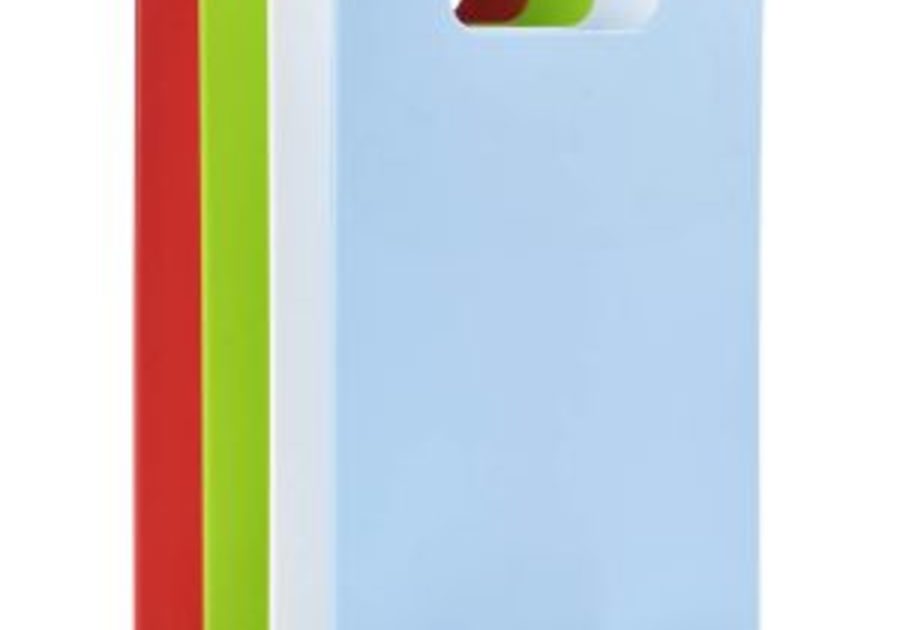The use of cutting boards during meal prep is a common practice when engaging in culinary techniques like cutting, slicing, dicing, and chopping. Cutting board options nowadays range from wood to nonporous surfaces such as plastic, glass, marble, or a ceramic type. Using a cutting board can help save cuts and scratches to countertops and more importantly, can help prevent cross contamination and foodborne illness that affects an estimated 48 million people every year.
CAMPYLOBACTER
Have you ever heard of campylobacter? Campylobacter is a leading cause of foodborne infections in the United States. It is one of many nasty foodborne illnesses and some estimates suggest that campylobacter causes approximately 1.5 million foodborne cases in the nation and causes an annual financial burden of $1.7 billion on our healthcare system[1]. It is frightening to note that the incidence rate of campylobacter infection has increased globally and in the United States in the last years.[2]
Campylobacter is linked to food and illness. It is an infection is characterized by symptoms such as diarrhea, fever, vomiting, and/or stomach cramps and it can show up within 2–5 days of eating a contaminated food. Food can become contaminated by several factors including use of an improperly cleaned cutting board, cooking food to the wrong internal temperature, not chilling food properly, and poor personal hygiene practices. Effect can be mild to more severe. Sometimes the complications of campylobacter may include afflictions such as arthritis, Guillain–Barre’ syndrome, inflammatory bowel disease, and autoimmune disorders.[3] Foodborne infection and illness tend to occur more frequently in immunocompromised people, the elderly and young children.
CROSS CONTAMINATION AND HOW TO PREVENT IT
Food scientists use the words “food vehicle” when talking about certain foods and foodborne illness. For instance, dairy, chicken, and vegetables are considered food vehicles in campylobacter outbreaks. These foods can transfer/transport bacteria from one food to another food, but also to kitchen utensils, knives, hands, sinks and cutting boards! It is not recommended to wash chicken prior to cooking, as it can cause bacterial cross contamination and serve as a food vehicle linked to sickness. We want to prevent campylobacter foodborne outbreaks and other foodborne illnesses.[4]
Cross-contamination is how harmful bacteria can be spread. Improper handling of raw meat, poultry, seafood, and eggs can create an environment for cross-contamination. As a result, dangerous bacteria may spread to food and through the kitchen leading to a potentially deadly foodborne illness. Fortunately, there are easy habits we can adopt when cooking to prevent this:
- Use one cutting board for fresh produce or slicing bread and a separate one for raw meat, poultry, and seafood. This will prevent bacteria and microorganisms on a cutting board that is used for raw meat, poultry, or seafood from contaminating a food that requires no further cooking. Colored, plastic cutting boards are available to purchase to help remember to keep raw and cooked foods separate.[5]
- Never place cooked food on a plate (or cutting board) that previously held raw meat, poultry, eggs, or seafood.
- Do not use the same cutting board and knife to cut raw chicken and then slice a fresh tomato without washing them (board and knife) first.
- Do not use the same cutting board to prep raw fish and for chopping onions and tomatoes. The onions and tomatoes may become contaminated with microbes from the raw fish. The cutting board must be appropriately washed between the two tasks: handling raw fish and cutting onions and tomatoes. Kitchen tools must also be washed thoroughly after each task.
- Do not cut raw chicken breast on a cutting board, then rinse off the cutting board with water and use it again to cut up the cooked chicken. ALERT: Even though the cutting board was rinsed, harmful bacteria, such as Salmonella, may still be on the cutting board and can now cross-contaminate the cooked chicken. There is a big difference between cleaning and sanitizing. Cleaning removes materials such as dirt, grease, debris, food particles, and other surface items. Sanitizing kills germs, bacteria, and viruses.
- Keep in mind that bacteria can be found on many surfaces such as food, kitchen counters, knives, utensils, cooking gadgets, sponges, kitchen towels, or even inside kitchen sinks. You can reduce your risk of foodborne illness by following the core four practices for food safety: Clean, separate, cook and chill. Be knowledgeable about these principles.
Use of a clean and sanitized cutting board may help to prevent you from getting sick.COMMONLY ASKED QUESTIONS
I am often asked, which is better for cutting meat or poultry, a wooden or plastic cutting board? The Meat and Poultry Hotline says that consumers may use either wood or a nonporous surface for cutting raw meat and poultry.
Should I throw out my old, cracked, wooden cutting board that I love and have had for many, many years? Many people become attached to an old familiar cutting board that may have been passed down through the generations. All cutting boards tend to wear out over extended use and over time. After favorite cutting boards become excessively worn or develop hard-to-clean grooves, they may need to be discarded.
How should I clean my cutting board? Nonporous surfaces are easier to clean than wood. To keep all cutting boards clean, the Meat and Poultry Hotline recommends washing them with hot, soapy water after each use; then rinse with clear water and air dry or pat dry with clean paper towels. Nonporous acrylic, plastic, or glass boards and solid wood boards can be washed in a dishwasher (laminated boards may crack and split). Both wooden and plastic cutting boards can be sanitized with a solution of 1 tablespoon of unscented, liquid chlorine bleach per gallon of water. Flood the surface with the bleach solution and allow it to stand for several minutes. Rinse with clear water and air dry or pat dry with clean paper towels. Bamboo cutting boards are harder and less porous than hardwoods. Bamboo absorbs very little moisture and resists scarring from knives, so they are more resistant to bacteria than other woods. Clean bamboo cutting boards with hot soapy water; sanitize if desired. Rub with mineral oil to help retain moisture.
What can I do about foodborne illness? Sometimes lack of knowledge about proper food handling can be a factor behind the increased incidence of campylobacteriosis and other illnesses. Use safe food handling practices during in-home cooking and take steps to prevent cross-contamination. Always wash your hands for 20 seconds with soap and water before engaging in food preparation. Keep your cutting boards clean and sanitized. Reading blogs like this and attending food safety classes put on by your local Extension office can be an excellent resource.
UF/IFAS Extension is an equal opportunity institution and employer. - The mission of the University of Florida Institute of Food and Agricultural Sciences is to develop knowledge relevant to agricultural, human and natural resources and to make that knowledge available to sustain and enhance the quality of human life. With more than a dozen research facilities, 67 county Extension offices, and award-winning students and faculty in the UF College of Agricultural and Life Sciences, UF/IFAS works to bring science-based solutions to the state’s agricultural and natural resources industries, and all Florida residents. Visit the UF/IFAS web site at ifas.ufl.edu and follow us on social media at @UF_IFAS.



